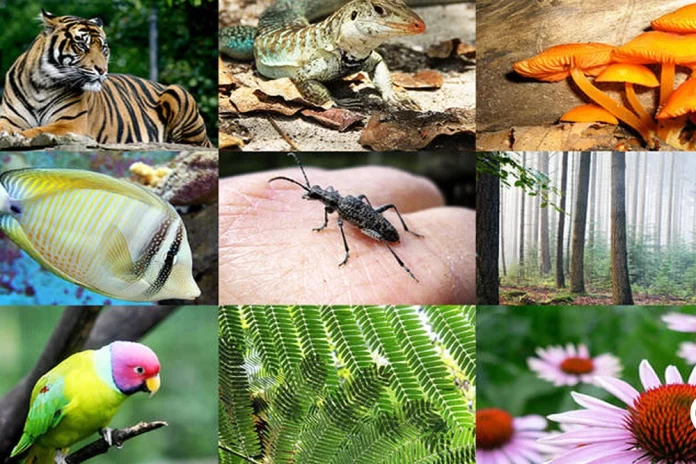
Imagine a world where your morning breath draws on oxygen from the ocean gardens of phytoplankton, and your plate is nourished by soils teeming with life. Yet human activities are driving a sixth mass extinction, accelerating species loss 100 to 1,000 times faster than natural processes. Every creature lost is a tipping point in the delicate balance of our planet, and our own health depends on keeping that balance.
Preserving Terrestrial Biodiversity
Land use for urbanization, deforestation and chemical-intensive agriculture has wreaked havoc on terrestrial ecosystems. Today’s agricultural systems are responsible for 80 percent of global deforestation, account for 70 percent of freshwater use and drive 70 percent of terrestrial biodiversity decline. Embracing regenerative agriculture—practices such as cover cropping, agroforestry and reduced tillage—can restore soil health, support pollinators, and safeguard the very networks that feed us.
Safeguarding Marine Biodiversity
Oceans are the lungs of our planet, generating at least 50 percent of the oxygen we breathe. Yet nearly 90 percent of the world’s fish stocks are fully exploited or overexploited, threatening food security and coastal livelihoods. Plastic pollution adds insult to injury: each year, more than one million seabirds and 100,000 marine mammals perish from ingestion and entanglement in plastic debris. Expanding marine protected areas, banning bottom trawling and curbing single-use plastics are essential measures that blend conservation with community well-being.
Restoring Ecosystems
In Europe alone, 81 percent of protected habitats and 63 percent of species are in poor or bad conservation status, underscoring the urgency of large-scale restoration. The UN’s “Decade on Ecosystem Restoration” aims to bring 350 million hectares of degraded land back to life by 2030—and that could yield up to US$ $9 trillion in ecosystem services, from clean water to carbon sequestration. Learning from Indigenous stewardship and deploying nature-based solutions can rejuvenate forests, wetlands and grasslands alike.
Fighting Climate Change and Biodiversity Loss Together
Climate change, following land-use change, is a key driver of ecosystem disruption—wildfires, droughts and extreme storms are already reshaping habitats. Yet nature remains our greatest ally: oceans, forests, soils, and other natural sinks absorb roughly half of human-generated greenhouse gas emissions. If global warming exceeds 2 °C by century’s end, up to 18 percent of terrestrial species may lose more than half of their habitable range. Restoring biodiverse landscapes is thus both a climate strategy and a lifeline for countless species.
We know that personal wellness and planetary health go hand in hand. From choosing sustainably sourced produce to supporting policies that protect wild places, our everyday choices can help rebuild biodiversity. Safeguarding life’s intricate web is as vital for our mental and physical well-being as it is for the planet’s future.



